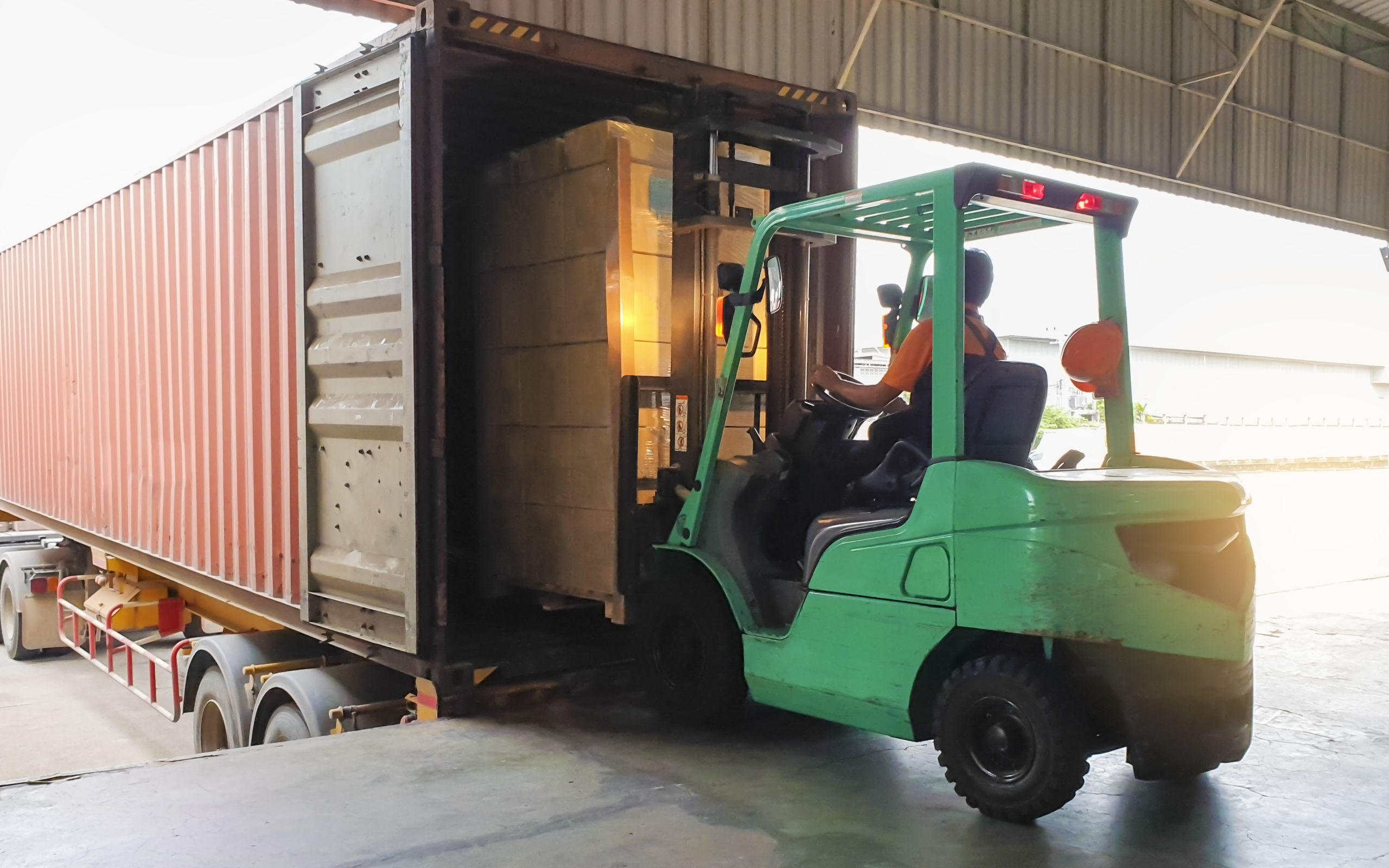
Less than container load shipping is an efficient way to move small shipments. Here are our best tips on how to do it cost-effectively.
Less than container load (LTL) shipping is an efficient way to move small shipments. It helps you save on logistical costs by only paying for the pallet space you need instead of hiring the whole truck. The transit may take longer, but it is much cheaper than moving your freight as a truckload. Here are our best tips on how to do it cost-effectively.
Provide accurate weight details
LTL shipping places high emphasis on accuracy and precision. Therefore, avoid stating inaccurate weights or rounding up to lower figures than the actual weight. If the logistics company suspects that you have understated the weight, your freight will be reweighted. You will end up incurring reweighing fees in addition to the charge for the extra weight. Always indicate the exact weight when quoting and scheduling, because round numbers often raise a red flag.
Freight class
Familiarize with freight classes so that you put your load in the right class. Each type of good has a code, so you should understand the right category for your goods to avoid reclassification. This will help you avoid the extra charges and fees that come with reclassification. Ensuring proper classification will also avoid delays that can jeopardize timely delivery.
Dimensions
Ensure that you indicate precise dimensions when quoting and scheduling your Bill of Lading (BOL). Make sure you use standard pallets because anything that deviates from the standard is likely to incur additional costs.
Maximize space
The key to efficient LTL shipping is maximizing density in the rented pallet space. Try to make your pallets as compact as possible because most shipment companies charge extra for packages that take more volume. For instance, a 2000-pound pallet that occupies 10% of a truck will cost less than a 2000-pound pallet that occupies 20% of the truck. Try stacking items and disassembling large objects to reduce the volume of your package.
Consolidate orders
Sometimes you have several shipments to the same destination for different customers. If the lead times allow, you can consolidate several small orders into one big LTL shipment. This will save you shipping costs and fees for shipping separate packages.
Include accessory costs
The LTL shipping space is replete with accessorial costs. Almost every service, from appointments to notifications to residential deliveries, incurs an accessory fee. You need to account for accessory costs calculating the logistical costs, and choosing a carrier. Accessory charges vary with the carrier, with some carriers using them to sneak in extra shipment costs. The carrier with the lowest base rate may not be as cheap when you include the accessorial fees.
Work with us
Through our member companies, the ShipNorthAmerica Network provides a broad range of services in specialized freight movement. Visit our blog for more articles, news and updates for the transportation industry.
